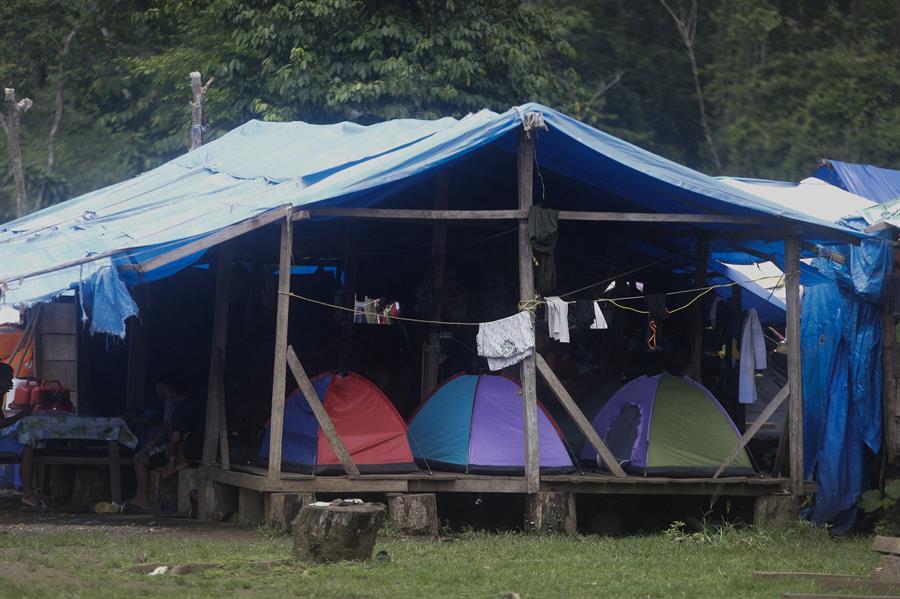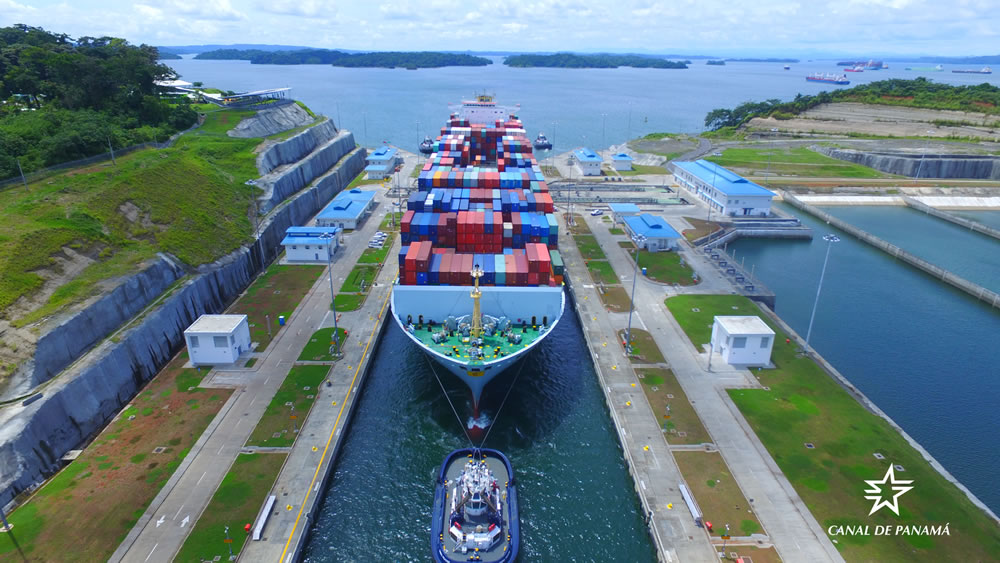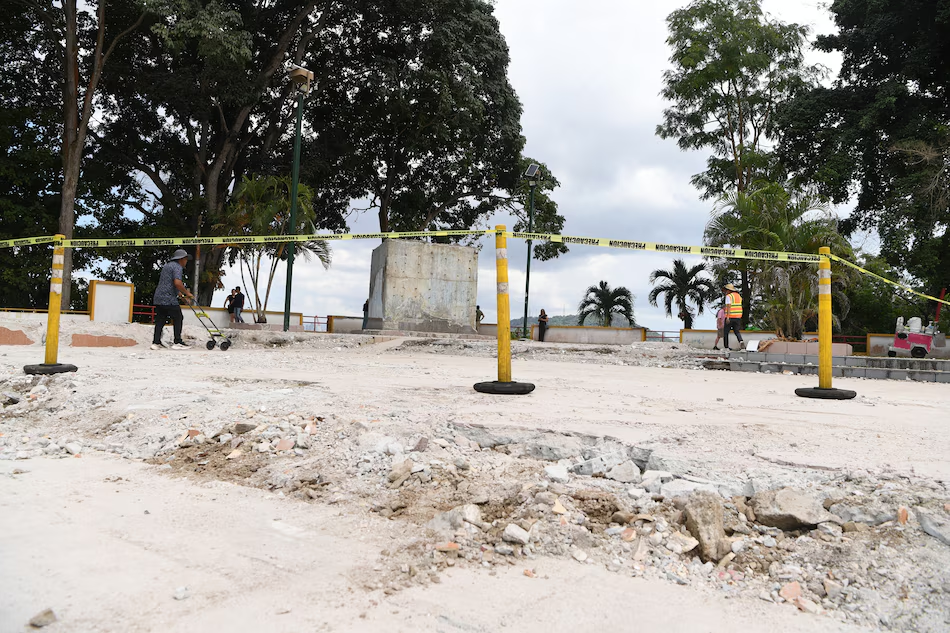Illegal Migrants Camp in the Darien * Starlink Satellite Antennas Seized

More than 55 huts were found on the banks of a river in a community in the Emberá aboriginal region in the Darién. Panamanian National Border Service units found a camp on Saturday in the middle of the Darien jungle, the natural border between Colombia and Panama, where food and services were being “illegally” sold to irregular migrants who cross this dangerous jungle on their journey to North America. This occurred within the scope of the “Arcángel Miguel” operation in which some 150 agents of the National Border Service (Senafront) participated. The place, which is outside the regular route followed by migrants once they cross the border, was equipped for camping, eating, had boats, electric generators, refrigerators and sophisticated technology for the Internet, as EFE confirmed during a tour of the area. In the operation, carried out with the Public Prosecutor’s Office and the Ministry of the Environment, “seven Starlink satellite antennas were seized, technology that is presumed to have been used to facilitate illicit activities in the region,” said a statement from Senafront.
The police entity pointed out that this camp “is the product of the exploitation of circular illicit economies that profit from the suffering and desperation of migrants who are guided by coyotes to this point from the Caribbean coasts.” It adds that in these sites “related criminal activities such as prostitution, drug dealing and extortion proliferate. Promoted and in connection with criminal groups such as the Clan del Golfo.” Irregular migration through the border jungle is controlled by the Colombian criminal group Clan del Golfo, according to the authorities of Colombia and Panama. “This type of activity is a replica of what the Clan del Golfo does in Colombia. In these camps, the illegal economy lends itself to them setting the prices, the activities, what the migrants are going to do, when they move and when they don’t; that’s what we see here and that’s why we’re here,” Jorge Gobea, director of the National Border Service (Senafront), told EFE today.
Gobea recalled that approximately a month ago, 30 more of these “improvised camps” were located in another indigenous area of Darien, which “was destroyed at that time.” One of the locals defended the commercial activity they are engaged in, and stated that the information provided by Senafront is “exaggerated” regarding the alleged exploitation of migrants. Migrants who enter the jungle face assaults and rapes as well as the rigors of the environment, such as wild animals and flooding rivers. Upon arrival in the province of Panama, migrants are treated at immigration stations where they receive medical attention and food, and their biometric data is taken, which allows the authorities to keep statistics on crossings and detect criminals, as they themselves have pointed out. The Panamanian government has adopted the measure of fencing off trails in the jungle to try to channel the migratory flow and has launched a joint plan between Panama and the United States to repatriate travelers who cross the jungle.
Senafront today reminded the population of irregular migrants that “the only humanitarian corridor authorized to enter Darién is the one that connects Cañas Blancas with Bajo Chiquito.” The “clandestine camp” discovered Saturday is located between the Tacartí and Membrillo rivers, in the sector known as Dos Bocas, outside the authorized humanitarian route. According to data from the Ministry of Public Security of Panama, between January and August 2023, 324,204 people crossed the Darien jungle, and in the same period this year, 236,621 did so, “which represents a decrease of more than 85,000 citizens, this is equivalent to a variation of 27 percent.” “These are people that we have not had to go rescue or provide humanitarian aid to, which is the responsibility of the State, and we are the only ones who do it here” in the region, Gobea stressed.





